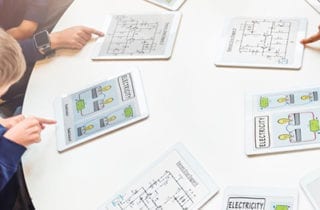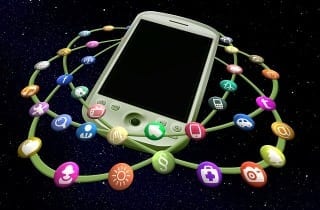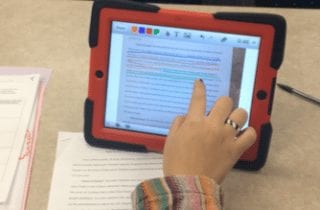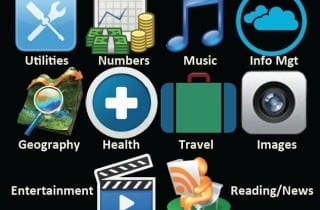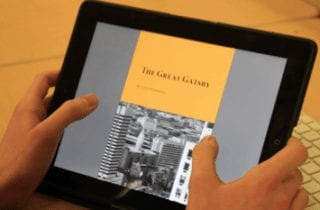In this edWebinar learn from district leaders just what it takes to successfully deploy, implement and sustain a shared commitment to mobile learning.
When technology integration is at its best, a student or a teacher does not stop to think that he or she is using a technology tool – it’s second nature. Students are more actively engaged in projects when technology tools are a seamless part of the learning process. “Cool Cat Teacher” Vicki Davis presented ways you can differentiate instruction in your K–12 classroom with technology.
What are the top apps, websites, and games for learning of 2014? In this webinar, Common Sense Graphite Certified Educator, Dr. Ruth Okoye, shared five of the top tools for 2014 by Graphite. Ruth demonstrated Shadow Puppet, Prodigy, Newsela, eduCanon, and Curriculet and gave specific examples of how to use them with students.
Tablet carts are being rolled into classrooms across grade levels. In this webinar for the edWeb.net Mobile Learning Explorations community, presenters Doug Fisher, Nancy Frey, and Alex Gonzales, co-authors of Teaching with Tablets: How do I integrate tablets with effective instruction?, shared how to plan, deploy and integrate these exciting devices into your classrooms.
Civic life occurs on physical streets, and in community groups. Mobile media can help learners connect to local places, moving students through physical space in parks or at school. Often youth are particularly excited to engage with civic issues in their own communities and families. Games and play with mobile media provide one way to structure this kind of activity.
In this webinar, held by edWeb community, ReEnergize Today’s Connected Classroom, Steven Anderson, Content and Relationship Evangelist for Promethean, discussed what today’s mobile learning classroom looks and feels like. Together, attendees learned how to transition from a classroom of students and a teacher, to a community of learners.
With the prevalence of smartphone technology, educators can build application fluency in their own productivity and learning so that when the time comes, they will have the skill and expertise to help students and colleagues transition into mobile learning.
All around the world, millions share the narratives of their lives in bite-sized language through SMS, status updates on Facebook, 140 character tweets, six second-videos, or memed images. These are our learning rituals in our digital society. Our students create, produce, direct, summarize, translate, and share stories outside of learning institutions daily.
Leading mobile learning initiatives requires careful planning and attention to the details to help ensure success. With the recent notable implementation nightmares with mobile learning technologies, school leaders are left wondering if the move to this technology make sense. Implementation of iPads in the 1:1 model can be done with great success.
Digital resources are potentially cheaper, more flexible, more up-to-date, and more reflective of the kind of materials that all learners will need to become proficient with as they seek to prepare themselves for life and learning beyond school.


